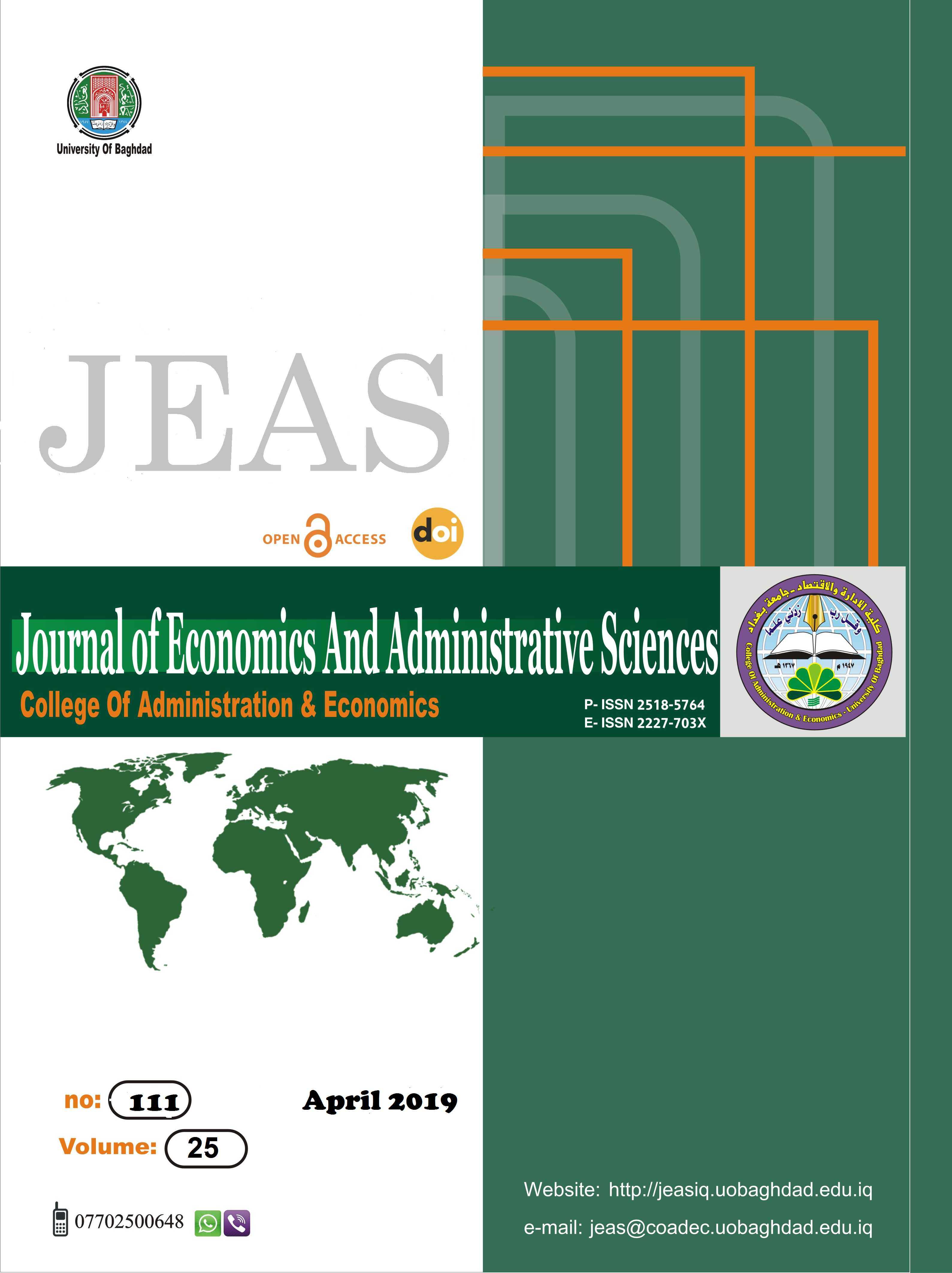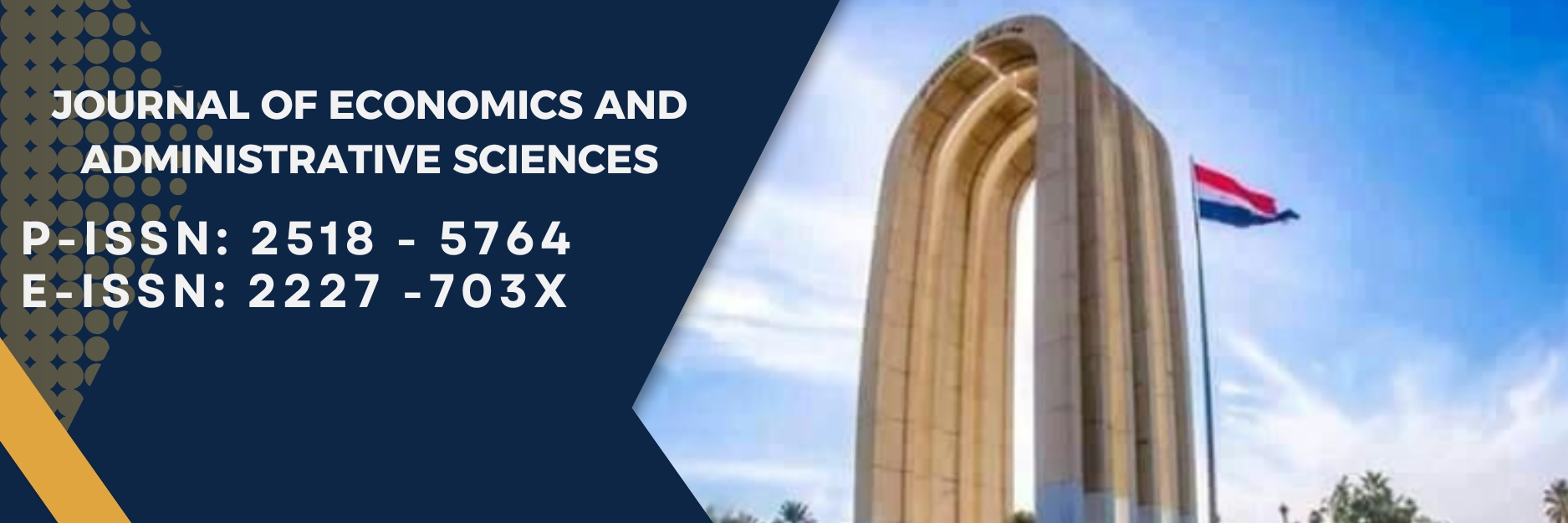الهبة الديموغرافية وإستثمارها في التنمية الإقتصادية رؤية واقعية للعراق بعد عام 2003
DOI:
https://doi.org/10.33095/jeas.v25i111.1631Keywords:
Demographic gift – Invest in demographic gift – Economic development., الهبة الديموغرافية – إستثمار الهبة الديموغرافية – التنمية الاقتصادية .Abstract
Abstract
The relationship between population and development is one of the most interrelated relations in contemporary societies. Therefore it is important focus on the demographic aspects of the population and its integration with developmental aspects, because the population is the makers of development and responsible for its success. The population composition and their qualitative composition are important factors in development. This change in age rate is because of demographic operations which lasted for long time. The change we are talking about is happing currently in Arab countries especially in Iraq who the labor ages has been increased while children and old ages were decreased. This issue led Iraq to be known as one of the countries that has the phenomena of demographic change. According to the UN the proportion of the population under 15 years of age (30%) of the total population and that the proportion of older persons 65 and more than (15%) of the total population. This change can result available opportunities of development under the interaction and harmony among proficiency and skillful human resources. Regarding to these we need to take advantage of the demographic changes by providing jobs for un employ & enhancing their skills, Building human capital capacity, investing available resources. In order to achieve the following above we have to take in consideration the local & national obstacles & restrictions.
Downloads
Downloads
Published
Issue
Section
License
Articles submitted to the journal should not have been published before in their current or substantially similar form or be under consideration for publication with another journal. Please see JEAS originality guidelines for details. Use this in conjunction with the points below about references, before submission i.e. always attribute clearly using either indented text or quote marks as well as making use of the preferred Harvard style of formatting. Authors submitting articles for publication warrant that the work is not an infringement of any existing copyright and will indemnify the publisher against any breach of such warranty. For ease of dissemination and to ensure proper policing of use, papers and contributions become the legal copyright of the publisher unless otherwise agreed.
The editor may make use of Turtitin software for checking the originality of submissions received.


























